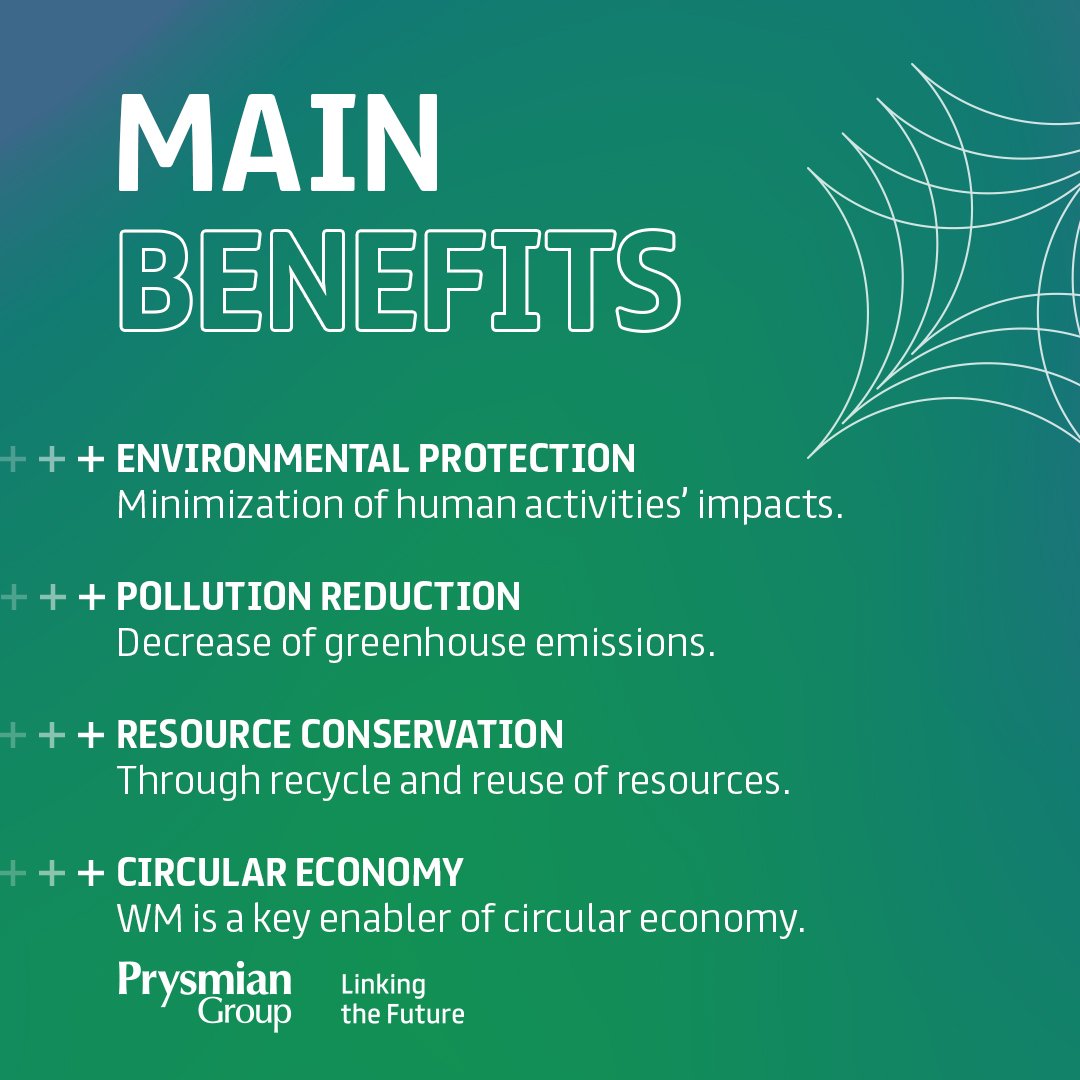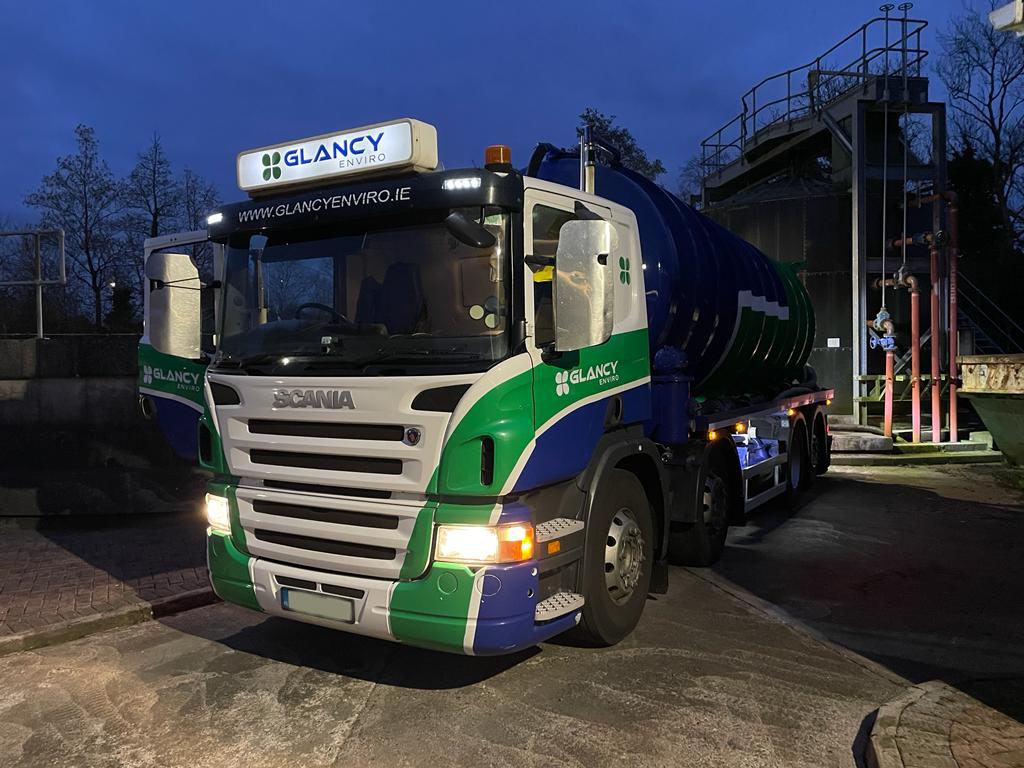4 Simple Techniques For Reclaim Waste
4 Simple Techniques For Reclaim Waste
Blog Article
Reclaim Waste Can Be Fun For Anyone
Table of ContentsThe 9-Second Trick For Reclaim WasteReclaim Waste Things To Know Before You Get ThisThe Facts About Reclaim Waste UncoveredA Biased View of Reclaim WasteThe 2-Minute Rule for Reclaim Waste
Residential sewer waste refers to the waste and items from a domestic septic tank. The correct monitoring and disposal of residential sewage waste need fluid waste to be transferred to a sewage therapy plant where the appropriate techniques and equipment are used to cleanse and dispose of waste.
Business waste typically consists of prospective hazards, such as flammable products or a mixture of fluid and strong waste items, and needs an extra advanced and in-depth disposal procedure. The disposal of commercial waste commonly entails the filtration of waste prior to transport to guarantee safe and correct disposal. Hazardous waste is created from by-products and overflow of industrial procedures and production.
This sort of waste can not utilize the very same sewage administration transport or procedures as septic or business liquids. The industrial waste monitoring process calls for the inspection and testing of fluid waste prior to it undertakes the disposal procedure (liquid waste disposal). Overflow waste is the fluid waste that comes from runoff and excess stormwater in extremely booming areas or cities
Runoff waste can cause contamination and flooding if not handled effectively. Making sure proper waste monitoring can prevent catastrophes and reduce ecological injury.
How Reclaim Waste can Save You Time, Stress, and Money.
Get in touch with PROS Providers today to find out about our waste management and disposal services and the correct ways to look after the liquid waste you create.
(https://www.awwwards.com/reclaimwaste1/)This so-called 'wastewater' is not only an important resource but, after treatment, will be launched to our land, rivers or the sea. Utilized water from bathrooms, showers, bathrooms, kitchen area sinks, laundries and industrial procedures is known as wastewater.

water utilized to cool equipment or tidy plant and equipment). Stormwater, a kind of wastewater, is overflow that streams from agricultural and metropolitan locations such as roofings, parks, gardens, roads, courses and rain gutters into stormwater drains pipes, after rain. Stormwater streams untreated directly to regional creeks or rivers, eventually reaching the ocean.
How Reclaim Waste can Save You Time, Stress, and Money.
In Queensland, a lot of wastewater is treated at sewage treatment plants. Wastewater is delivered from domestic or commercial sites with a system of sewers and pump terminals, understood as sewage reticulation, to a sewage treatment plant.
The Division of Natural Resources advises city governments about find more information managing, operating and keeping sewage systems and treatment plants. In unsewered locations, regional federal governments may require homeowners to install specific or family sewage treatment systems to deal with domestic wastewater from bathrooms, cooking areas, restrooms and washings. The Division of Natural Resources authorizes the usage of household systems when they are proven to be efficient.
In some brand-new class, treatment of some stormwater to eliminate litter, sand and crushed rock has started making use of gross pollutant catches. Wastewater treatment takes place in four stages: Removes solid issue.
Wastewater then moves right into big storage tanks where solids settle and are eliminated as sludge. Oil and scum are skimmed from the surface area. Uses small living organisms called micro-organisms to damage down and get rid of staying dissolved wastes and great fragments. Micro-organisms and wastes are integrated in the sludge. Removes nitrogen and phosphorus nutrients that might cause algal blooms in our rivers and threaten marine life.
The Best Guide To Reclaim Waste
Nutrient removal is not available at all sewage treatment plants due to the fact that it calls for costly specialized tools. Clear fluid effluent produced after therapy may still consist of disease-causing micro-organisms - liquid waste removal melbourne.

This normally indicates wastewater has actually to be treated or pollutants gotten rid of before it can be released to rivers. Many wastewater streams into the sewerage system. Under the Act, neighborhood federal governments administer authorizations and licences for environmentally pertinent tasks (ERAs) entailing wastewater launches that may have a neighborhood influence. The division administers approvals and permits to ERAs including wastewater releases that may have a local or statewide influence.
Reclaim Waste - Truths
Or else, samples are considered lab evaluation. Commonly numerous tests are required to establish the levels of each of the various toxins such as oils, hefty steels and pesticides in water. Surveillance provides factual details concerning water top quality and can confirm that licence problems are being fulfilled. The details obtained with monitoring gives the basis for making water high quality decisions.
Report this page